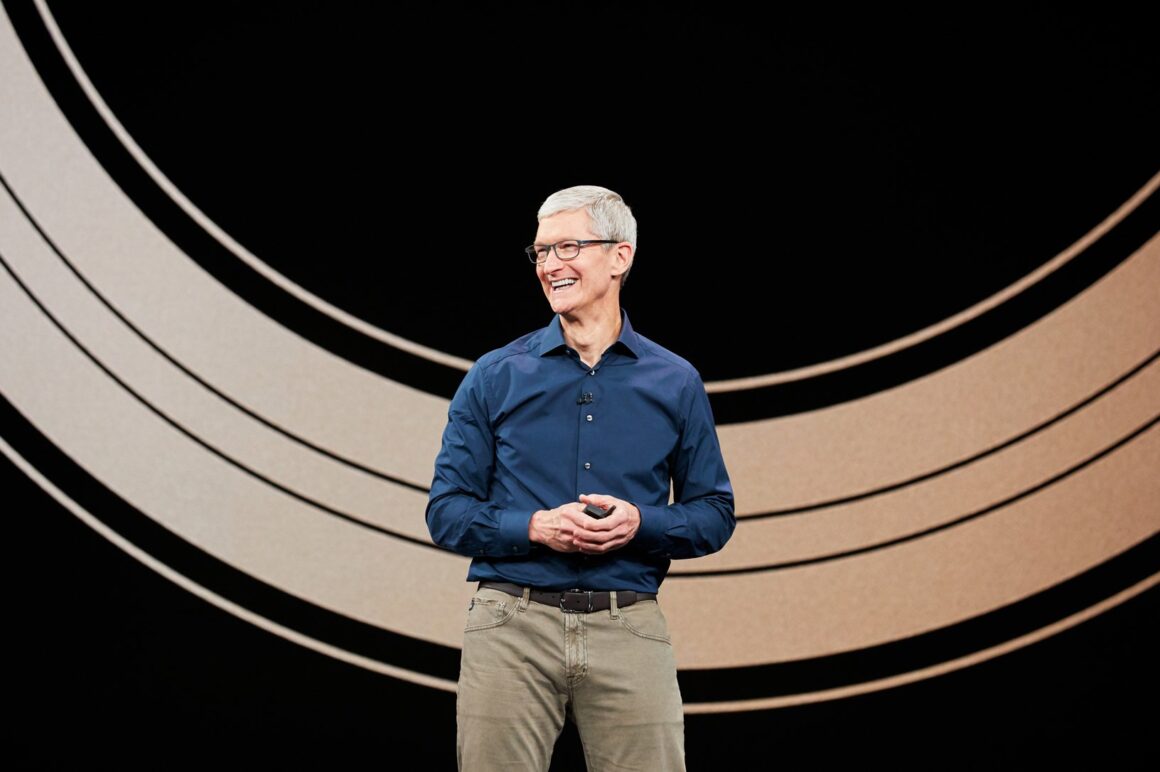For over a decade, Apple fans have marked their calendars for the fall, knowing a new iPhone generation is just around the corner. This tradition, which aligns perfectly with the holiday shopping season, has defined Apple’s rhythm. However, that annual spectacle might be coming to an end, according to a new report from Bloomberg’s Mark Gurman in his latest Power On newsletter.
If you’ve been following Apple long enough, you might remember the original iPhones launched in the summer. The switch to the fall only happened in 2011 with the iPhone 4S. While initially caused by delays related to iOS 5, iCloud, and the new Siri assistant, the move proved to be a massive success. It perfectly positioned Apple’s most important product right at the start of the critical holiday sales rush.
What was once a strategic advantage, however, has reportedly become a significant burden. Cramming so many major product launches—iPhones, Apple Watches, and often Macs—into one short period strains Apple’s teams. From engineering to marketing and suppliers, the pressure is immense. Gurman notes that the troubled rollout of Apple Intelligence in 2024 underscored just how much this concentrated approach was taking a toll.
Starting in 2026, Apple will reportedly pivot to a staggered, two-part launch cycle. The fall event will be reserved for its high-end, premium models: the iPhone 18 Pro, iPhone 18 Pro Max, and a new foldable device. This move gives the “Pro” lineup its own dedicated spotlight, ensuring Apple’s most expensive products get maximum attention before the holidays.
Then, about six months later, in the spring of 2027, Apple will follow up with its more mainstream models. This second launch would include the standard iPhone 18, the iPhone 18e, and potentially a refreshed iPhone Air. This new pattern—splitting roughly five to six new models across two major events—is expected to become Apple’s new normal.
The reasoning behind this shift is all about creating a more sustainable and strategic business. It allows Apple to generate steadier revenue throughout the entire year instead of just one massive Q4 spike. It also eases the intense pressure on employees and manufacturing partners.
Furthermore, this split prevents the different models from cannibalizing each other’s marketing. This strategy will also apply to software, making the spring iOS updates more critical than ever, starting with new Siri features reportedly destined for iOS 26.4 next spring.
What do you think of this potential new strategy? Let us know your thoughts in the comments! Stay updated with the latest news on this by downloading the Appleosophy App from the App Store or by visiting our website.








